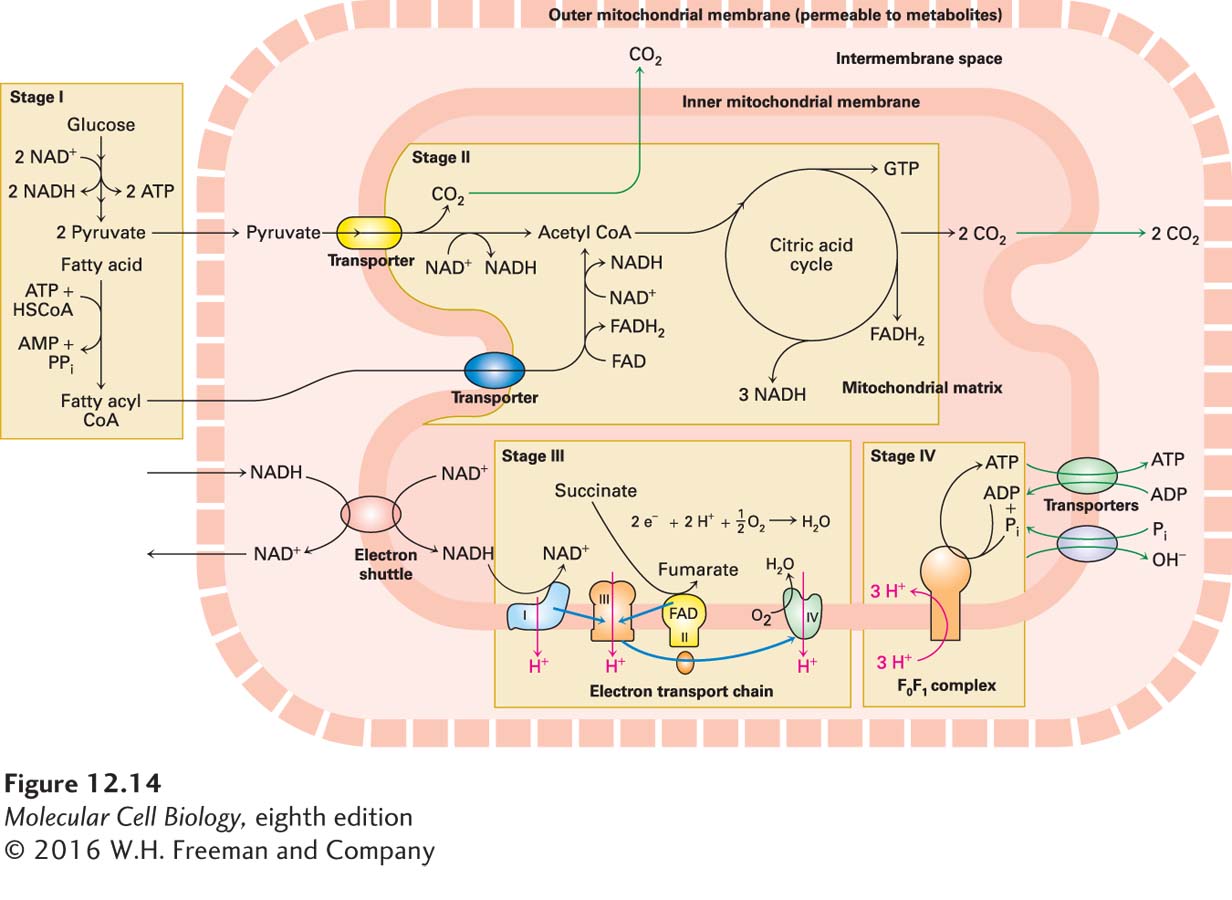
FIGURE 12- n- n- n- n-